Gilbert Stuart (1755-1828)
Get a Stuart Certificate of Authenticity for your painting (COA) for your Stuart drawing.
For all your Stuart artworks you need a Certificate of Authenticity (COA) in order to sell, to insure or to donate for a tax deduction.
Getting a Stuart Certificate of Authenticity (COA) is easy. Just send us photos and dimensions and tell us what you know about the origin or history of your Stuart painting or drawing.
If you want to sell your Stuart painting or drawing use our selling services. We offer Stuart selling help, selling advice, private treaty sales and full brokerage.
We have been authenticating Stuart and issuing certificates of authenticity since 2002. We are recognized StuArt Certification Experts and Stuart certified appraisers. We issue COAs and appraisals for all Stuart artworks.
Our Stuart paintings and drawings authentications are accepted and respected worldwide.
Each COA is backed by in-depth research and analysis authentication reports.
The Stuart certificates of authenticity we issue are based on solid, reliable and fully referenced art investigations, authentication research, analytical work and forensic studies.
We are available to examine your Stuart painting or drawing anywhere in the world.
You will generally receive your certificates of authenticity and authentication report within two weeks. Some complicated cases with difficult to research Stuart paintings or drawings take longer.
Our clients include Stuart collectors, investors, tax authorities, insurance adjusters, appraisers, valuers, auctioneers, Federal agencies and many law firms.
Do you think you may own a painting by Gilbert Stuart?
We perform Gilbert Stuart art authentication, appraisal, Certificate of Authenticity for your painting (COA) for your Stuart drawing.
For all your Stuart artworks you need a Certificate of Authenticity (COA) in order to sell, to insure or to donate for a tax deduction.
Getting a Stuart Certificate of Authenticity (COA) is easy. Just send us photos and dimensions and tell us what you know about the origin or history of your Stuart painting or drawing.
If you want to sell your Stuart painting or drawing use our selling services. We offer Stuart selling help, selling advice, private treaty sales and full brokerage.
We have been authenticating Stuart and issuing certificates of authenticity since 2002. We are recognized StuArt Certification Experts and Stuart certified appraisers. We issue COAs and appraisals for all Stuart artworks.
Our Stuart paintings and drawings authentications are accepted and respected worldwide.
Each COA is backed by in-depth research and analysis authentication reports.
The Stuart certificates of authenticity we issue are based on solid, reliable and fully referenced art investigations, authentication research, analytical work and forensic studies.
We are available to examine your Stuart painting or drawing anywhere in the world.
You will generally receive your certificates of authenticity and authentication report within two weeks. Some complicated cases with difficult to research Stuart paintings or drawings take longer.
Our clients include Stuart collectors, investors, tax authorities, insurance adjusters, appraisers, valuers, auctioneers, Federal agencies and many law firms.
ww.artexpertswebsite.com/authentication/certificate-of-authenticity.php"> certificates of authenticity (COA), analysis, research, scientific tests, full art authentications. We will help you sell your Gilbert Stuart or we will sell it for you.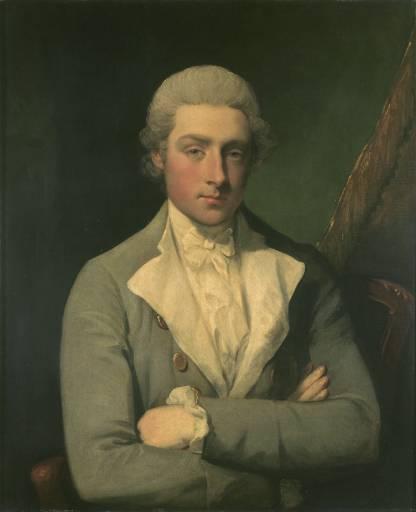
Gilbert Stuart was an early American portrait painter known for his many iconic portraits of George Washington. Stuart was born in Rhode Island and grew up in Newport, receiving his earliest training as a painter from Scottish artist Cosmo Alexander. In 1771, Stuart followed Alexander to Scotland to continue his studies. However, his teacher died only a year later. Stuart attempted to support himself in Scotland as a painter but found no success and sailed back to Newport in 1773.
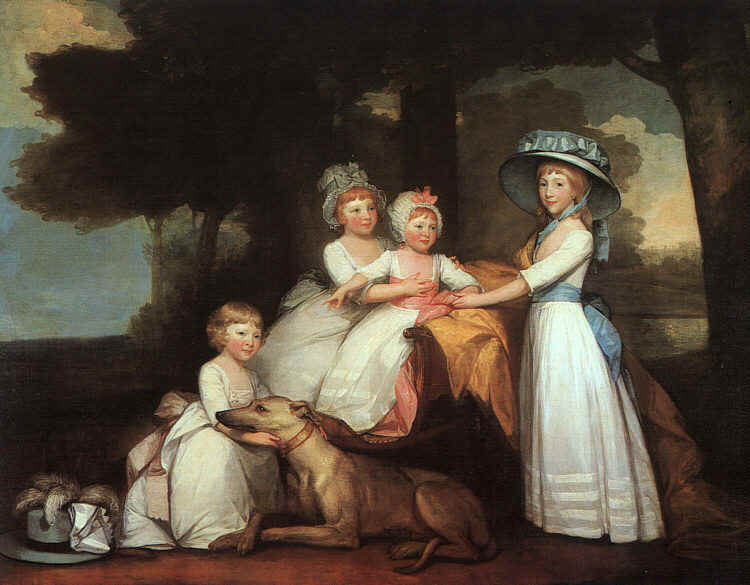
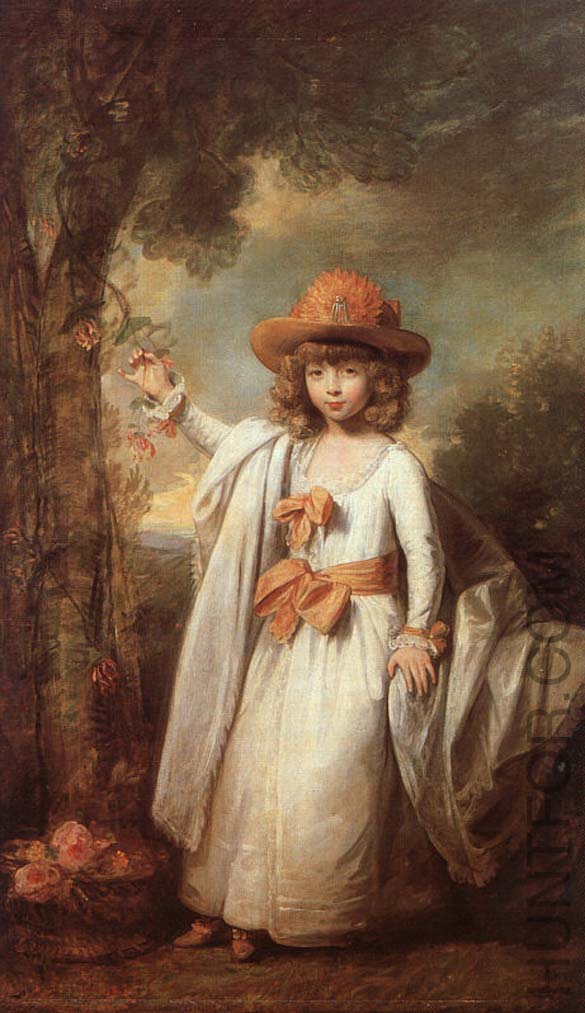
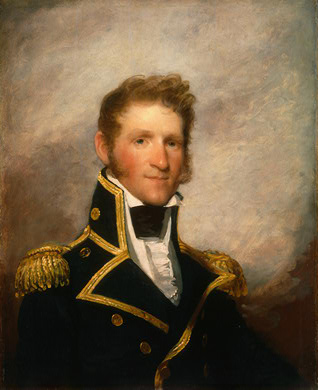
Stuart was again faced with a halt in his artistic career due to the onset of the American Revolution. Like some of his contemporaries, Stuart fled for England in 1775 where he became a student of Benjamin West. Stuart worked with the famous West for six years and finally began to find success as a painter. In 1777, Stuart exhibited his work for the first time at The Royal Academy in London. In 1782, Stuart’s painting entitled “The Skater” was his first truly successful piece and brought him great notoriety.

Eventually, Stuart became one of the finest and most sought after portrait painters of his time. It is even said that at one point, Stuarts price for portraits exceeded even that of his teacher Benjamin West and were only matched by artists Thomas Gainsborough and Joshua Reynolds. It is said that Stuart would paint directly on his canvas and did not need to sketch his subjects beforehand. He himself had numerous students:
1. Mather Brown, 1761-1831
2. John Trumbull, 1756-1843
3. George Place, died 1809
4. John Comerford, 1762-1832
5. Benjamin Trott, 1770-1841
6. John Vanderlyn, 1775-1852
7. Rembrandt Peale, 1778-1860
8. John R. Penman, 1783-1830
9. Thomas Sully, 1783-1872
10.Gilbert Stuart Newton, 1794-1835
11.Charles Gilbert Stuart, 1787-1813
12.Jane Stuart, 1812-1888
13. James Frothingham, 1788-1864
14. Matthew Harris Jouett, 1787-1827
15. Jacob Eicholtz, 1776-1842
16. Sarah Goodridge, 1788-1853
17. William James Hubbard, 1805-1862
18. John Neagle, 1796-1865
19. Fabius Whiting, 1792-1842
20. Henry Sargent, 1770-1845
21. Francis Alexander, 1800-1881
22. Samuel F.B. Morse
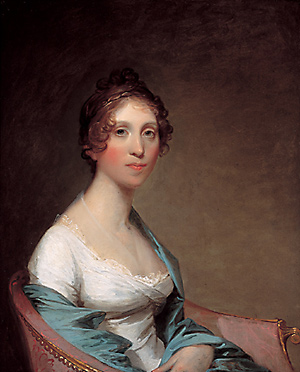
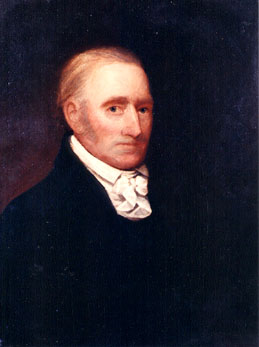
Despite the fact that Stuart was, at this point, very successful and had a number of successive commissions, it is said that he was not very good with his finances and was always in danger of being sent to prison for his debts. In 1787, Stuart was even forced to flee England for Ireland where he continued to accumulate even more debt.
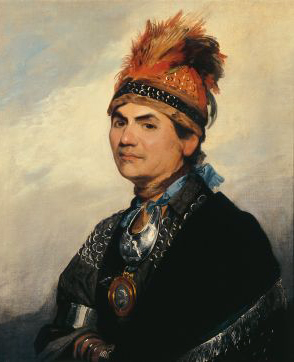
In 1793, Stuart returned to America and lived for a few years in New York City. He moved to Philadelphia in 1795 and opened a studio. This studio was to be the foundation of his American career and would help to create great fame for the artist. It was here that he painted his famous portraits of George Washington, and was kept very busy and wealthy making commissioned copies of the portraits of the first president. In fact, it was Stuart’s painting of Washington, commonly referred to as the “Athenaeum Head” that now appears on the United States dollar bill.
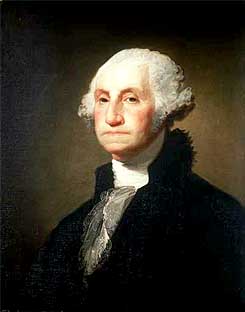
Another of his paintings of Washington was saved from the original White House by first lady Dolley Madison as it was being burned by British troops in 1814. Today this painting still hangs in the White House in the East Room.

Stuart opened another studio in Washington D.C. in 1802, and moved again to Boston in 1805 where he continued to paint and teach. Even though by the end of his life Stuart had painted over one thousand portraits of American government officials, he still managed to be in financial ruin his entire career.

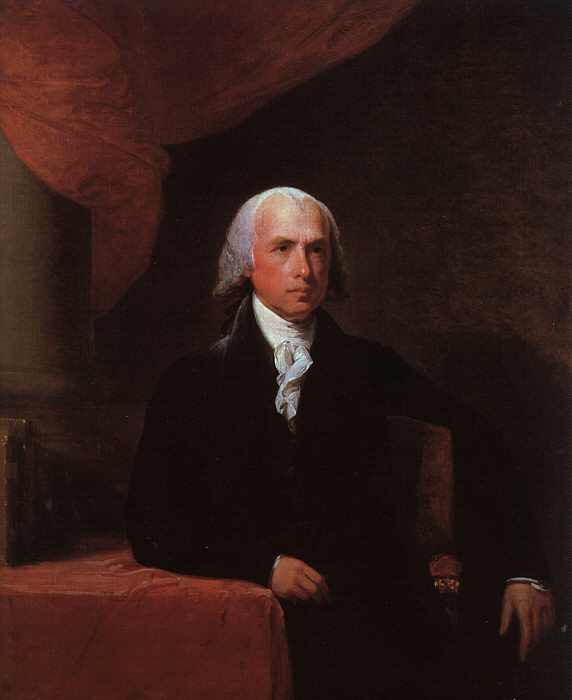
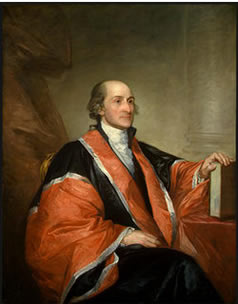
Stuart suffered a stroke in 1824 and continued to paint even though he was left slightly paralyzed. He died at the age of 72 and is buried in Boston. Though it is not confirmed, many art historians suggest that Gilbert Stuart is the grandfather of the 19th century artist, James Everett Stuart (1852-1941).

Today, Stuart’s paintings are housed literally all over the world as an example of early American art, and perhaps in your own home. Since he worked all over New England as well as in Ireland and England, it is quite possible that some of Stuart’s work could still exist literally anywhere, unauthenticated and otherwise unknown. Still wondering about an heirloom portrait hanging in your family’s estate? Contact us…it could be by Gilbert Stuart.
Reviews
1,217 global ratings
5 Star
4 Star
3 Star
2 Star
1 Star
Your evaluation is very important to us. Thank you.
